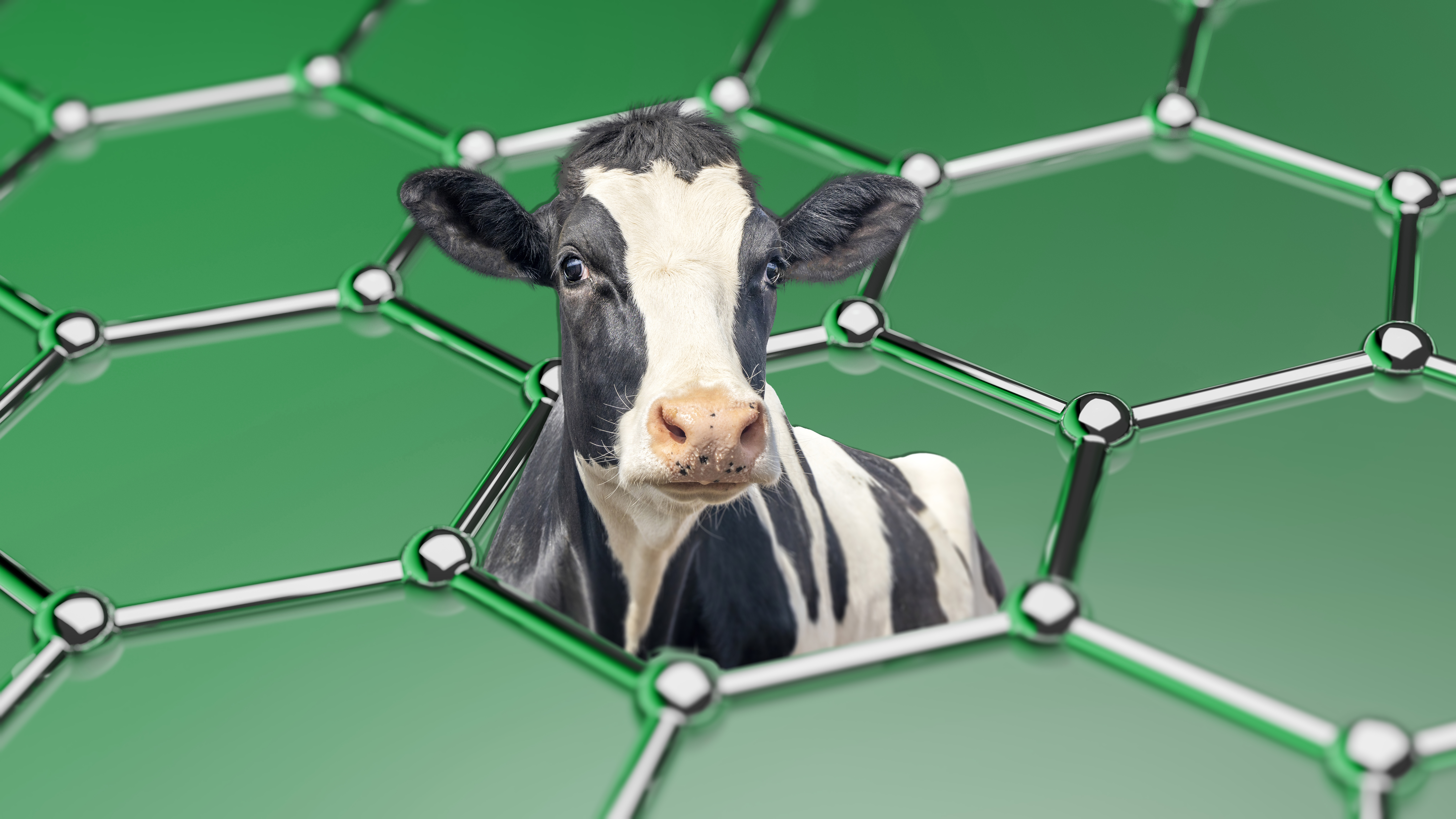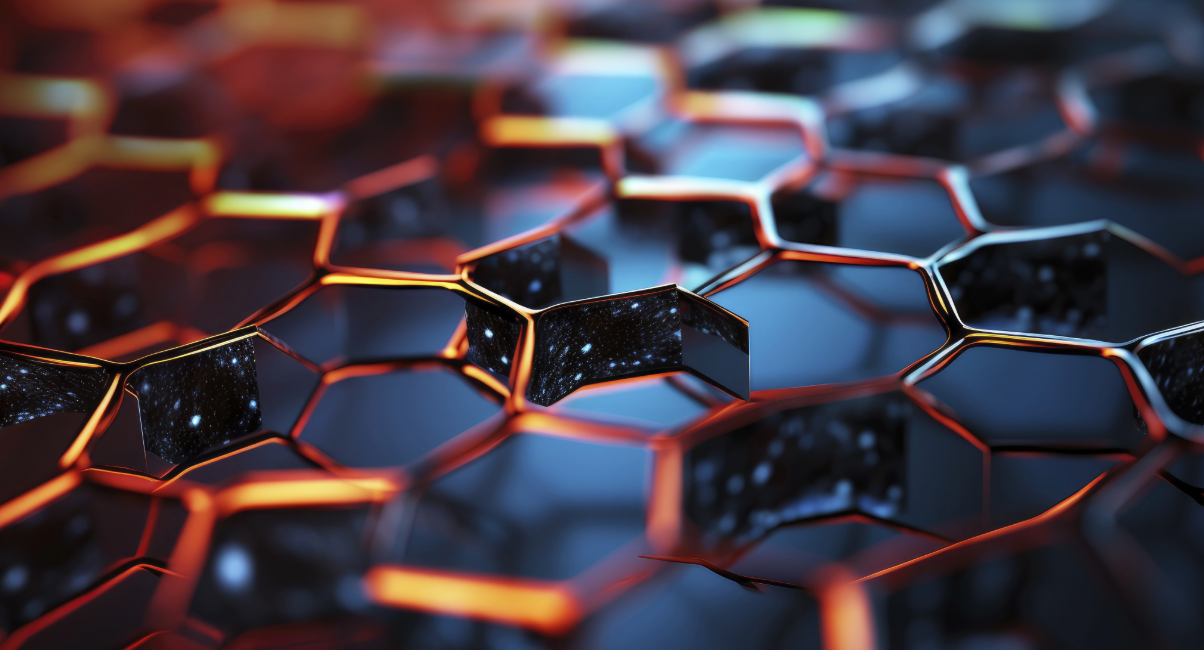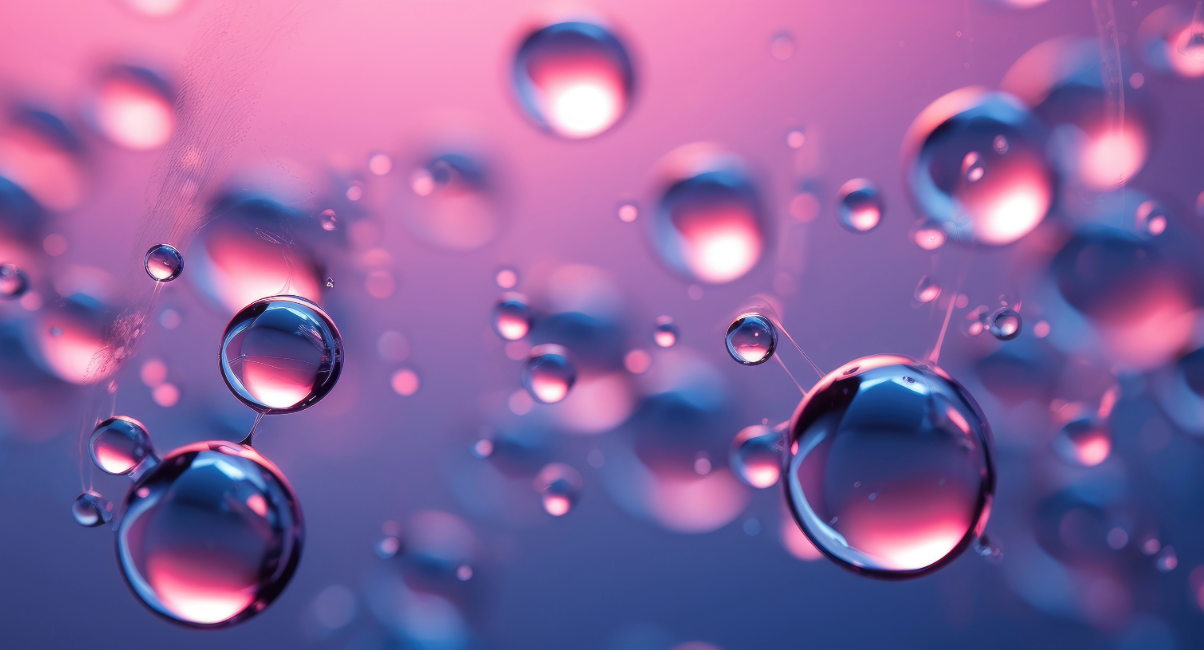Carbon nanotubes; graphene; MXenes; TMDCs: in the worlds of chemistry and materials science there are always new and exciting classes of compound to explore. Often it can take many years for a new material to make its way through TRLs to being included in real world products. Patent protection is a vital part of that journey, and should in our opinion be considered right from the very start.
When a material is very early in its life, the possibilities seem endless: it might be applied to countless areas, in countless ways. It may seem daunting to try and protect the ‘invention’ in all those different spheres. Indeed, it may be impossible.
However, our experts can help guide you through these turbulent waters. By carefully planning a filing strategy which works alongside R&D efforts, implementation, scale-up and so on, we can make sure that patent protection works with material and product developments, rather than impeding them.
Many of our clients have worked with us to build patent portfolios from such a strategy. This places them in a much stronger position when, for example, negotiating licence agreements with competitors or finding commercial partners for new developments.
We are also alert to the many difficulties which face patent applicants for such emergent technologies. Often there are many existing patents which purport to generate a new material but in fact do not; or there are conflicting definitions of what actually constitutes that material in the first place. Having many years’ experience of such issues worldwide, our team can negotiate these difficulties to make sure our clients do not miss out on the protection they deserve.
Our team has particular strength in the field of 2D materials. We are one of the affiliate partners of the Graphene Engineering Innovation Centre (GEIC) in Manchester, bringing us into constant contact with those on the forefront of developing new 2D materials and applications for those. We support innovations in the application fields of, for example, composites, printing and inks, energy storage such as batteries/cell, supercapacitors, construction materials like concrete, wearables, hydroponics, sensors/sensing, radiation shielding, and automotive parts.
See our 2D Materials spotlight page for more information.




/MATTHEW%20NAYLOR-%20January%202025.png)












